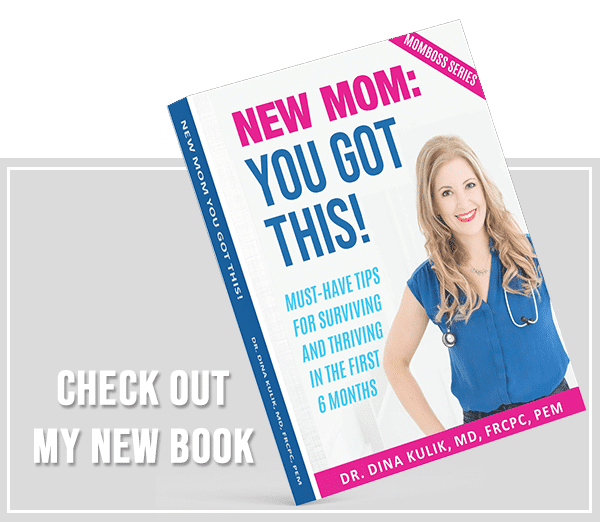October is SIDS Awareness Month, so let’s talk about how we can provide a safe sleeping environment for our children and reduce the risk of SIDS.
SIDS, or Sudden Infant Death Syndrome, is the unexplained death of a seemingly healthy baby. These babies are less than a year old and SIDS usually occurs during sleep. The true cause of SIDS is not fully understood, but certain risk factors have been identified.
SIDS, or Sudden Infant Death Syndrome, is the unexplained death of a seemingly healthy baby.
Here are ways you can provide a safe sleeping environment and the reduce the risk of SIDS for your infant:
Follow the ABCs of Safe Sleep.
p;
- Alone – on a separate sleeping surface from other people or pets, without pillows, blankets, bumper pads, toys, or other soft items
- on their Back – place them on their back, not on their side or tummy
- in their Crib – not on an adult bed, waterbed, arm chair, or sofa.
Ensure your baby’s crib or bassinet is assembled properly and is in good condition.
The mattress should be flat and firm, and fit the crib with no gaps between the mattress and the rails. The crib sheet should fit the mattress snugly. For information on crib standards, read the Health Canada safety standards.
Avoid sleep positioners.
Sleep positioners, which keep baby on their back, can be a suffocation risk–both manufactured and make-shift ones alike. Once baby is able to roll onto their tummy independently, it is not necessary to force them to sleep on their backs.
If able to, breastfeed your baby.
Breastfeeding has shown to provide some protection against SIDS.
The room should be a cool, comfortable temperature and baby’s head should be uncovered.
This reduces the risk of overheating, which is a risk factor for SIDS.
No smoking.
Avoid smoking in or near the baby’s environment, as a smoking environment has shown to increase the risk of SIDS.














